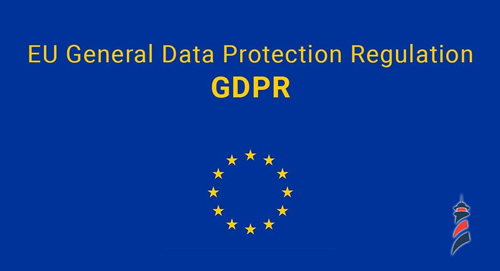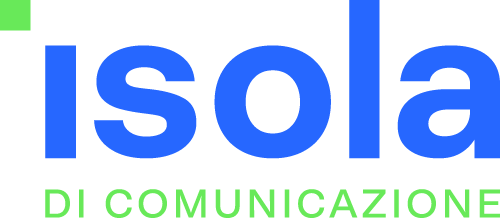Lorenzo Zesi of Isola di Comunicazione, interviewed by Radio Lombardia in July 2018, talks about Web Marketing and the comparison between old and new media. A brief background and video of the interview follow.
Web Marketing and New Media
What and how many are the old and new media?
In order of birth, there are 7 major ones:
- Telegraph
- Phone
- Cinema
- Radio
- Television
- Internet
Today, however, it is the web that is surprising in terms of growth and prospects. And this is also discussed in the video interview with Radio Lombardia:
The meteoric development of Internet advertising
Digital, by expanding the characteristics of the old communication tools, brings together all the best qualities of the old media. It is also the main multimedia medium that allows direct interaction between creator and viewer.
From its inception to the present, the Internet has grown so much that it has effortlessly entered people’s daily lives.
Be they individuals or businesses, Web users now surf for everything fromentertainment toinformation.
And as a result, communication has also changed, as has advertising investment, which is increasingly focusing on digital and its new frontiers. It is counted that web campaigns already exceed 30 percent of the total in an Italian market of more than 8 billion euros spent on advertising in 2017.
The decline of print and TV
The strong growth of digital advertising comes mainly at the expense of investment in other media, such as TV and print media, which is declining.
This can also be seen from the data in the graph below:

Compared to 2016, TV sees investment contracted by 2 percent, while print media by as much as 7 percent.
Radio resists
Radio, on the other hand, is not losing ground. Although it is one of the oldest media, it still manages to secure its slice of audience and a wide coverage of targets, territory and topics.
This is because of its inherent characteristic that makes it possible, especially in such a hectic world, to be able to follow it while also taking care of other things.
New forms of Targeting
Media change and advertising changes.
Today, however, it is easier to know and select the audience of advertising campaigns. In the world of digital communication, in fact, targeting is most important.
Search engines, Blog advertising, and social networks, are the preferred means of communication seeking a targeted audience.
How do they do it? Platforms study user data and offer advertisers data to communicate more effectively with audiences. Content gets closer to the needs, tastes and habits of the audience.
For this reason, theanalysis of web data is crucial. And their ability to give rise to a more refined and widespread form of communication. That is, a more targeted and less wasteful web marketing strategy.
Compared with print or TV advertising campaigns, the Web offers much more accurate data.
This is through online user journey and data analysis, a basic activity for digital communication to be targeted. That is, it arrives smoothly to the right people and in the right way.
There are several factors that you are able to track and by which you can target your message in the network:
- Age groups
- Male or female gender
- Geolocation
- Interests, needs and tastes
GDPR and consumer protection
The Web aims to be understood and used by everyone, with increasing development in all areas of life. Although the complexity and spread of these new technologies still remains a very sensitive issue.

The strong presence of the Web in people’s lives, and the related collection of sensitive data, casts a shadow over digital potential.
Although-in the virtual as well as in the real world-privacy is regulated and regulated by specific laws, the subject is still being defined.
And the heated debate over the General Data Protection Regulation ( DGPR ), which came into effect in May 2018, also remains open.
Practitioners need to stay current for 2 reasons:
- To offer a comprehensive, quality and up-to-date service to sponsoring companies
- To protect citizens, who have the right to be respected according to the most current sensitivities in the field
Google, for its part, also offers interesting opportunities to train online on all the topics needed to juggle, understand and take advantage of the features of the Web.
Google Digital Training, Google Certification and Google Partnerships
As we said, Google allows you to delve into the topics of web, web marketing and new media.
Google Digital Training
The“Google Digital Training” web marketing course is ideal for beginners, entrepreneurs and students.
It allows you to approach, deepen and begin to understand the potential of communication and web marketing.
Google Digital Training is a free online certification, consisting of a series of exams and a final certificate. If you want to learn more, read our article The best free online web marketing course.
Google Certification
Google Certification is an individual certification that tends to be for professionals. It certifies knowledge in Web Marketing and introduces Google advertising tools. Interested parties, in order to obtain Google certification, must pass several specific exams and updates from year to year.
Google certification goes beyond the personal certificate, because it is one of the prerequisites necessary for Web Agencies to obtain Google Partner status.
Google Partnership
The Google Partnership is a very important recognition and is reserved for Web Agencies or those who manage real advertising campaigns. It imposes on Web Agencies that achieve it standards of high quality and professionalism. In addition, the ability to optimize the companies’ budget investment must always be demonstrated. The possession of the requirements for obtaining the Google Partnership are constantly verified by Google itself. This control is a guarantee of seriousness often decisive for clients of Google Partners. In addition, it represents an obligation that determines the constant updating on the hot topics of Web Marketing of Google Partner agencies.
In fact, only Google Partner agencies can bear Google’s official logo. A clear divide between the professionalism of Web Agencies that can display it and the improvisation and amateurism that are still very much present in this world.
Logos must be clickable and must show the specialties of Web Agencies. Try to check for yourself by clicking on the logo.

Do you want to know more? Don’t hesitate, contact us today!









